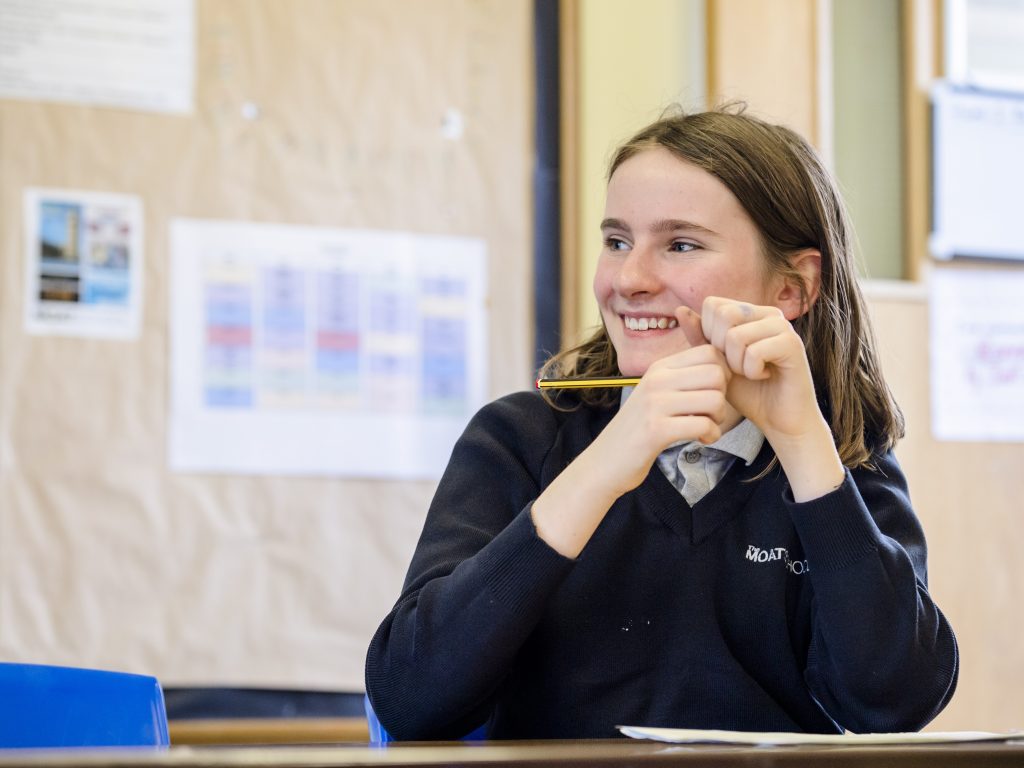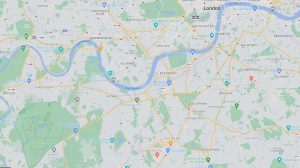Robust teaching in Computer Science empowers pupils to think analytically and creatively, enabling them to both comprehend and impact the world around them.
Computer Science is closely intertwined with subjects like mathematics, science, and design technology, offering valuable perspectives on both natural and man-made systems.
At its foundation, pupils learn fundamental concepts of information processing and computation. They explore how digital systems function and gain the skills to apply this understanding through programming. With this knowledge, students are able to harness information technology to develop software, create systems, and produce a variety of content. Furthermore, Computer Science ensures students achieve digital literacy – the ability to communicate, innovate, and express themselves using information and communication technology (ICT), preparing them for future workplaces and life in a digital society.
Key Elements of the Computer Science Curriculum
Students will be introduced to:
- Designing, utilising, and evaluating computational models that represent the behaviour and states of real-world scenarios and physical systems.
- Understanding key algorithms that illustrate computational thinking, such as sorting and searching algorithms, and using logical reasoning to assess the effectiveness of different algorithms for solving the same problem.
- Applying two or more programming languages (at least one of which is textual) to solve various computational challenges, making use of data structures like lists, arrays, or tables, and developing modular programs through procedures or functions.
- Comprehending simple Boolean logic (e.g., AND, OR, NOT) and its application in circuits and programming, as well as grasping how numbers are represented in binary form and performing basic binary operations such as addition and conversions between binary and decimal.
- Gaining knowledge of the hardware and software components that comprise computer systems and how these components communicate internally and with other systems.
- Understanding how instructions are stored and executed within a computer system, and how different types of data (such as text, sound, and images) are digitally represented and manipulated in binary form.
- Engaging in creative projects that involve selecting, using, and integrating various applications across multiple devices to meet challenging objectives, including gathering and analysing data to cater to specific user needs.
- Developing digital content through creating, reusing, revising, and repurposing digital artefacts with attention to audience needs, design integrity, and usability.
- Learning how to use technology safely and responsibly, protecting personal privacy and identity, identifying inappropriate content and behaviours, and knowing how to report concerns when needed.
Computer Science Teaching Methods
A variety of strategies are employed to ensure students effectively engage with the curriculum. These include:
- Providing access to laptops, specialised software, and both paper-based and interactive tutorials.
- Employing methods like overlearning and peer collaboration through group and pair work.
- Adapting tasks to meet individual needs, using scaffolding techniques, and focusing on subject-specific vocabulary and literacy skills.
- Offering teacher-led demonstrations using relevant software and encouraging hands-on, kinesthetic learning approaches, which are particularly beneficial for students with specific learning difficulties (SpLDs) compared to traditional lecture-based teaching.
Through these methods, we aim to navigate and teach a field that is continuously evolving.


